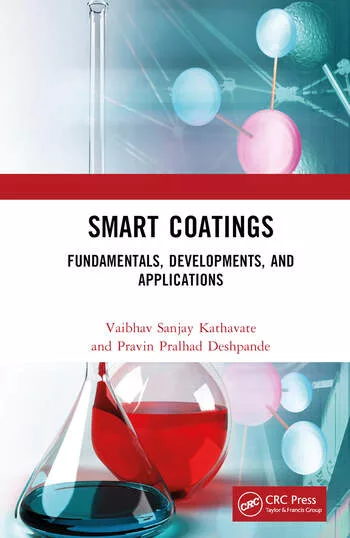Improving Indoor Air Quality Using a Smart Additive

Indoor living has become a challenge to our health due to the numerous toxins we are exposed to. We spend a staggering 90% or more of our lives indoors, which means the vast majority of the 3000 gallons of air we breathe in each day comes from the air in our homes, offices and schools.1 For most of us, indoor air quality has deteriorated due to the types of furnishings and synthetic materials we now live with compared with the more natural materials that adorned our homes and schools in the middle of the 20th century.
Studies conducted by the Environmental Protection Agency (EPA) and other groups acknowledge that indoor air quality is, on an average, five times worse than outdoor air quality. Research shows that the source of much of the pollution comes from volatile organic compounds (VOCs) being emitted from carpets, paints, wood stains, adhesives (in wood and plastic products), computers, TVs, typical household chemical cleaners, mold, and most scents and odors (Figure 1).1,2,3 Examples of VOCs from these sources include benzene, methyl chloride and formaldehyde. Chronic exposure to airborne VOCs can cause cancer, liver and kidney damage, central nervous system damage, and lowered immune system functioning. Additionally, exposure to formaldehyde has a strong correlation with childhood asthma, and maternal exposure to VOCs during in utero development has been correlated with increased eczema in children.4,5 The World Health Organization reported in 2012 that more than one in eight global deaths was a result of air pollution exposure. This finding confirms that air pollution is now the world’s largest single environmental health risk.6
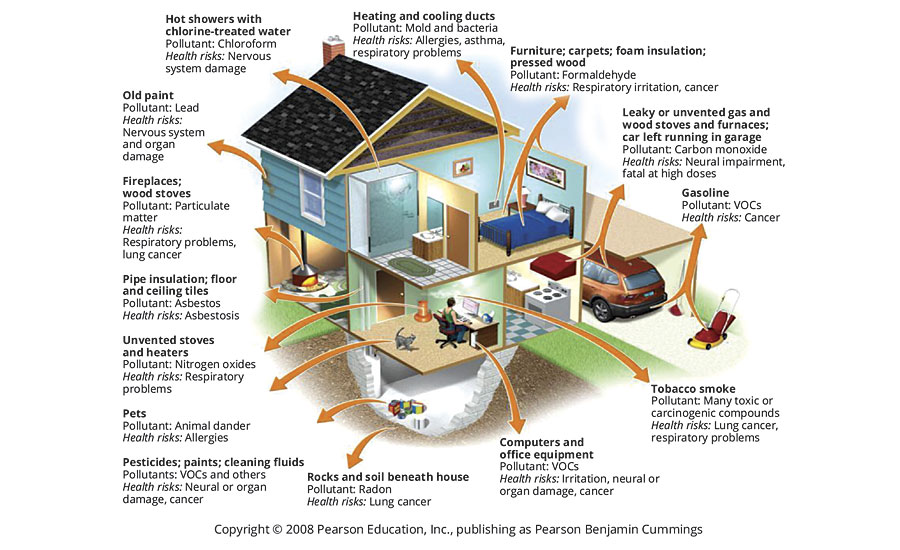
FIGURE 1 » The numerous sources of VOC emissions in a typical home.
Indoor air chemists have documented that many of the chemicals presently found in indoor environments, as well as in the blood and urine of occupants, were not present 50 years ago.7 Adding to this issue has been the societal drive to increase energy efficiency to indoor structures. Although increased energy efficiency reduces energy consumption, unfortunately a better sealed home traps VOCs, and there is more reliance on forced air systems to exchange poor air quality with better outside air quality. Dr. Brett Singer from the Lawrence Berkeley National Labs states, “We want people to recognize that they live in a box; any chemicals or combustion products released are in there with you”.8
Agencies and consumers, on a global level, are becoming more educated on the risks of long-term exposure to indoor air VOCs. Centralized and portable air purification products have exploded on the market over the past 20 years to address allergens, pollutants and general poor indoor air quality.9 The paint and coatings industry has been actively pursuing efforts to mitigate VOC levels emitted from their products and have also explored smart coatings to adsorb airborne VOCs.
The architectural coatings market continues to grow due to increases in global urbanization trends and construction activities. Over the years, many paint companies have been committed to innovations in architectural coatings, which has led to increased societal awareness of eco-friendly products.10 The result of this movement has been the creation of a new market segment with increasing demand for low-VOC paints. These “green” products have become the dominant new product development focus of the paint and coatings market. Green coatings are becoming an essential category of environmental protection coatings. They have lower toxicity and are more sustainable; comprising $9 billion of the global paint and coatings industry.11
Active Coatings for VOC Removal
Passive removal materials for functional or active coatings are a viable and exciting way to positively affect indoor air quality. By coating the walls and ceiling in a room, the effective removal of contaminants can be much greater than with portable air filters, largely due to the higher interaction of the air with the painted surfaces. A significant amount of research has already been performed on passive removal materials for the removal of ozone.12 A number of companies are selling additive technology for paint applications to actively adsorb or photocatalytically degrade indoor air VOCs. Products such as these have various ranges of stated performance claims.
A selection of these products appears to be supported by substantiated performance data. Examples include Climasan® interior paint (Sto Corporation, Stühlingen, Germany), which uses a photocatalytic technology to neutralize odor and degrade VOCs. Their visual light catalyst is proprietary, and although the paint is acrylic-based, it has a high percentage of solids. The company does not recommend the product for high-humidity environments such as bathrooms and kitchens.
Another company, Boysen Paints (Manilla, Philippines), has developed a product line called KNOxOUT® Air Cleaning Paint. The active technology is CrystalActiv®, which is a titanium dioxide nanoparticle. The titanium dioxide contained within this paint is a well-known UV photocatalyst that will degrade various organic molecules. The paint is only targeted at outdoor applications, as it needs UV light. Boysen targets NOx (nitric oxide (NO) and nitrogen dioxide (NO2), which can be oxidized by photocatalysis to nitrate (NO3), a much less toxic species.
The Dow Chemical Company (Midland, MI) sells Formashield™ formaldehyde-abatement technology, a specialty polymer that reacts with aldehydes, removing them from interior air. This technology for paint is targeted to remove formaldehyde from interior environments. Formashield does not require light for activity, but will become saturated over time and lose formaldehyde removal activity. How long it lasts depends on how concentrated the aldehydes are in indoor air, making the worst environments the most susceptible to saturation and decreased activity.
Sherwin-Williams (Cleveland, OH) sells Harmony paint, which uses zeolite additives to adsorb VOCs. Similar to Formashield, once saturated, no more VOC removal will occur. In addition, higher VOC environments will saturate the additive more quickly.
A New Technology
Diatomix has developed a patent-pending and proprietary technology for coatings to reduce indoor air VOCs. By combining high-surface-area diatomaceous earth with our proprietary photocatalyst, our technology can use indoor light sources to degrade VOCs. The catalyst is robust and nonspecific, allowing mineralization (the conversion of organic molecules to CO2 and H2O), of practically all VOCs cited by the EPA as hazardous air pollutants.13,14 Diatoms are an optimal substrate for our catalyst, as diatoms are composed of glass and have been shown to adsorb VOCs, increasing the amount of VOC degradation by placing the VOCs directly next to and even in contact with the catalyst. Furthermore, diatoms also have the ability to almost double absorption of light, as they are designed by nature to act as light traps for chlorophyll, the green pigment of plants. The proprietary coating process deposits the catalyst preferentially inside the diatoms’ pores where the light is concentrated. This combination of VOC adsorption and light trapping leads to an effective indoor pollutant removal agent that can continuously operate in the presence of light.
As shown in Figure 2, as-synthesized catalyst particles are firmly anchored on biosilica surfaces. By monitoring the byproduct of the degraded model VOCs, Diatomix found that photocatalyst-decorated diatom frustules rapidly trap and chemically convert VOCs to water and carbon dioxide on a continuous basis, in the presence of light.
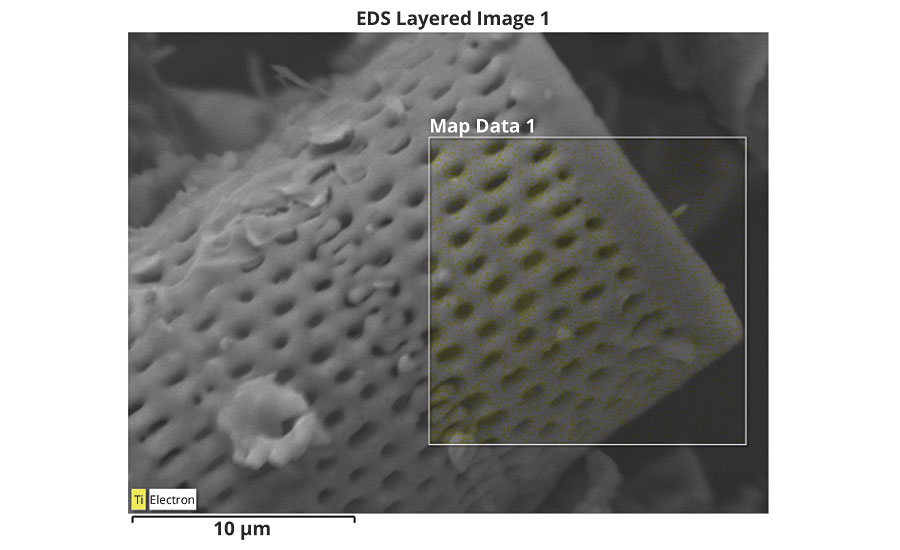
FIGURE 2 » Scanning electron microscopy (SEM) of diatoms with energy-dispersive X-ray spectroscopy of photocatalyst particles decorating the biosilica diatom.
The complete conversion of VOCs and other compounds to CO2 and water is termed mineralization. It is important that our system can completely mineralize VOCs, as this is the key factor that differentiates it from other VOC-removing technology. Figure 3 is a simplified illustration of this effect and emphasizes the nature of our catalyst mechanism as a renewable process.
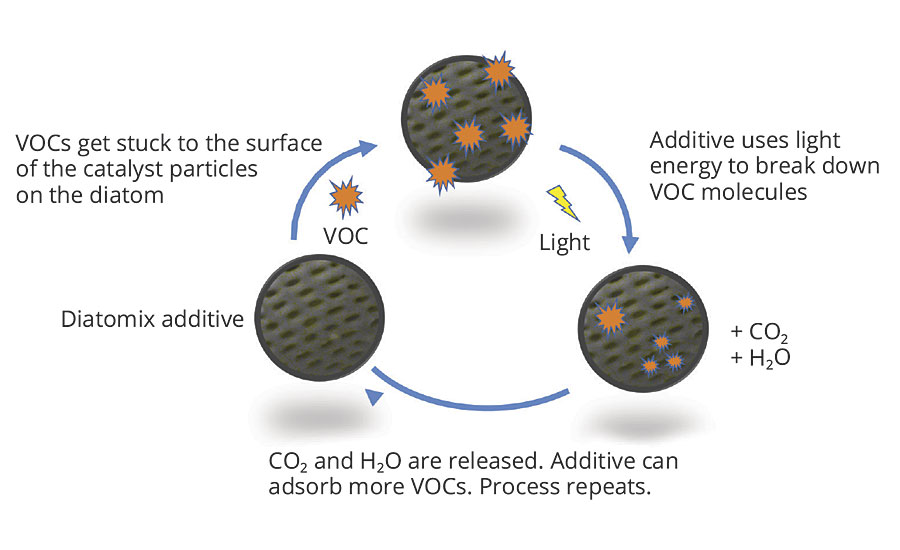
FIGURE 3 » Continuous degradation cycle of VOCs trapped by the diatomis decorated with catalyst particles.
Many of the VOC-degrading additives are nanoparticle based, including Diatomix. Safety is a large consideration that is still under study with nanoparticles. The benefit of immobilizing our catalyst nanoparticles on diatoms is that the impregnated and immobilized nanoparticles have greatly reduced health and environmental concerns. Our company has targeted a particle that is greater than 10 µm, removing it not only from the nanoparticle regime but also out of the inhalation hazard size. Many corporations are avoiding selling products with nanotechnology until longer-term studies are done to prove they are safe. On the other hand, Diatomix’s additive is a micron-sized particle, which eliminates concerns about inhalation hazards. Its micron size and its continuous degradation mechanism differentiate it from other products on the market.
Performance
Rigorous data and performance testing is naturally what channel partners and consumers will want to know for any functional coating on the market. Standing behind a strong set of marketing claims is beneficial for the technology provider and channel partner who is promoting the functional additive.
We performed VOC removal testing with Research Triangle Park (RTP) Laboratories (Raleigh, NC). RTP is an independent testing facility. This study followed ASTM standard D6670 protocol to determine the simultaneous reduction of two VOCs commonly found in indoor structures; 2-butanol and formaldehyde, when exposed to a painted wall surface. The RTP study found that the Diatomix additive added into a flat paint formulation (custom paint formulation containing the additive) was able to considerably lower the concentration of 2-butanol and formaldehyde when illuminated with white LED lights in a controlled but simulated environmental test chamber and when compared with the control (same custom formulation without the additive) (Figure 4). After 3 hrs of exposure, the Diatomix paint formulation reduced the concentration of 2-butanol by 32% and formaldehyde by 56%. After 24 hrs of exposure, the paint reduced the concentration of 2-butanol by 91% and formaldehyde by 92%. It is important to note that paint has a natural draw when first exposed to many VOCs, such as formaldehyde, but this will stop without a functional additive that continually degrades VOCs.
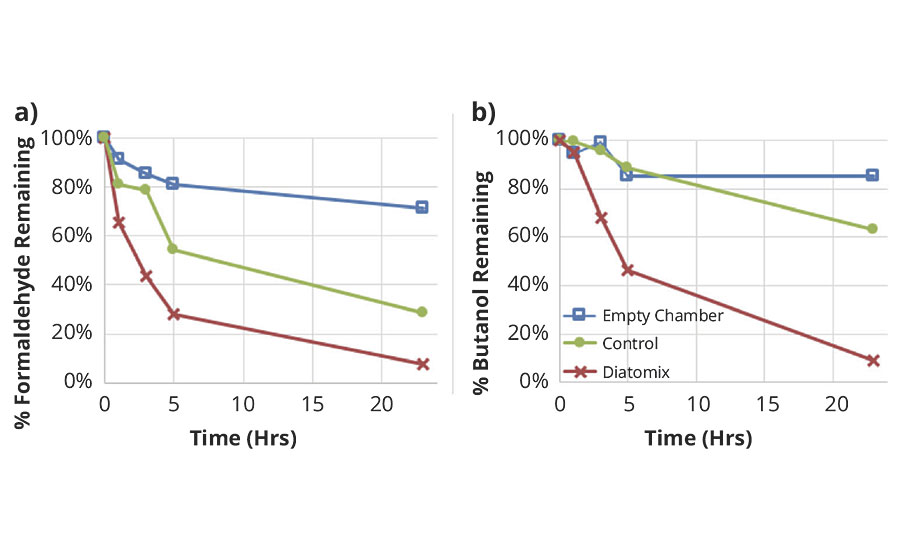
FIGURE 4 » Independent testing showing rapid removal of VOCs in a 3.62 m3 (132 ft3) testing chamber with one side of the chamber including a 1.2 x 2.4 m (4 x 8 ft) drywall panel painted with Diatomix paint. In both figures above, blue line data (squares) = baseline data (chamber without a painted panel); green line data (circles) = a control paint, i.e. a contractor flat paint that does not contain Diatomix additive; red line data (crosses) = contractor flat paint containing Diatomix additive.
Conclusion
Indoor air quality is typically much worse than outdoor air quality, largely due to interior furnishings, surfaces and coatings that emit VOCs into the air. Indoor environments are dynamic and complex systems that require multiple solutions to improve (and sustain) indoor air quality. Considering the ongoing growth in synthetic materials that are used in the indoor environment, indoor air quality will remain an ongoing challenge.
Functional coatings are an exciting and viable means to remove indoor air contaminants due to the significant surface area that walls, ceilings, doors and floors provide as a “vehicle” to degrade VOCs. Certainly, there is an emergence of air purifiers that remove indoor air VOCs, but functional wall and floor coatings are a more effective means of removing contaminants than portable air filters provide. Recent technology offerings like Diatomix’s continuously VOC-degrading additive as well as other functional coating additives on the market, appear to be at the forefront of an emerging sector in the paint and coatings industry.
References
1 Air Pollution, US EPA https://developer.epa.gov/air-pollution/
2 Samet, J.M.; Marbury, M.C.; Spengler, J.D. Health Effects and Sources of Indoor Air Pollution. Part I. Am. Rev. Respir. Dis. 1987, 136 (6), 1486-1508.
3 Samet, J.M.; Marbury, M.C.; Spengler, J.D. Health Effects and Sources of Indoor Air Pollution. Part II. Am. Rev. Respir. Dis. 1988, 137 (1), 221-242.
4 McGwin, G.; Lienert, J.; Kennedy, J.I. Formaldehyde Exposure and Asthma in Children: A Systematic Review. Environ. Health Perspect. 2010, 118 (3), 313-317.
5 Herbarth, O.; Fritz, G.J.; Rehwagen, M.; Richter, M.; Röder, S.; Schlink, U. Association Between Indoor Renovation Activities and Eczema in Early Childhood. Int. J. Hyg. Environ. Health 2006, 209 (3), 241-247.
6 WHO, 7 million premature deaths annually linked to air pollution. http://www.who.int/mediacentre/news/releases/2014/air-pollution/en
7 Weschler, C.J. Changes in Indoor Pollutants since the 1950s. Atmos. Environ. 2009, 43 (1), 153-169.
8 Notman, N. Every Breath You Take. Chemistry World. 24 November 2017.
9 Woloszyn, M.; Kalamees, T.; Olivier Abadie, M.; Steeman, M.; Sasic Kalagasidis, A. The Effect of Combining a Relative-Humidity-Sensitive Ventilation System with the Moisture-Buffering Capacity of Materials on Indoor Climate and Energy Efficiency of Buildings. Build. Environ. 2009, 44 (3), 515–524.
10 Coating Additives Market by Function, Application, Formulation, and Types - 2021. Markets and Markets http://www.marketsandmarkets.com/Market-Reports/coating-additivesmarket-1268.html
11 World’s Top Ten Paints Companies 2015 Annual Report. http://www.wpcia.org/news/World’s%20Top%20ten%20Paints%20Companies%202015%20Annual%20Report.html
12 Cros, C., Morrison, G.C., Siegel, J.A., Corsi, R.L. Long-Term Performance of Passive Materials for Removal of Ozone from Indoor Air, Indoor Air 2012, 22(1): 43-53.
13 US EPA, O. Initial List of Hazardous Air Pollutants with Modifications https://www.epa.gov/haps/initial-list-hazardous-air-pollutants-modifications
14 Huang, Y.; Ho, S.S.H.; Lu, Y.; Niu, R.; Xu, L.; Cao, J.; Lee, S. Removal of Indoor Volatile Organic Compounds via Photocatalytic Oxidation: A Short Review and Prospect. Molecules 2016, 21 (1), 56.
For more information, email Adrian Polliack at adrian@diatomixcorp.com.
Looking for a reprint of this article?
From high-res PDFs to custom plaques, order your copy today!







